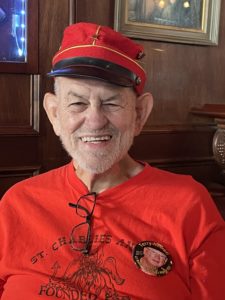
Interview by Jeff Fioravanti
I would like to take pen in hand to introduce you to a retired history teacher, photographer, and longtime supporter of the Blue & Gray Education Society: Mike Green.
Mike spent 41 years as a high school history teacher. During his teaching career, he obtained a Master’s in counseling from Cal State Bakersfield. This would find him becoming a licensed Marriage, Family, and Child counselor, and he opened and operated a successful practice after the end of his school day.
He has been married for more than 50 years to his wife, Carolyn, with whom he shares two children, both of whom are grown and teachers, in the San Francisco Bay Area. He met Carolyn at San Francisco State College. He often jokes that the only positive thing he got out of his education classes while at San Francisco State was Carolyn.
Mike spent much of his own high school years playing several sports including baseball, football, and basketball. He later played junior college football. This athletic prowess and discipline came in handy as he worked some summers as a forest firefighter to pay for college; as well as the number of hikes he took in later years in and around the Sierra with a friend, including the entire John Muir Trail. The John Muir Trail is 211 miles long and passes through Yosemite, King’s Canyon, and Sequoia National Parks.
During his tenure as a teacher, Mike was often found prowling the sidelines as a coach for the wrestling, cross country, track, football, and basketball teams. He also volunteered for several sports involving his children, including soccer. One of his most precious moments during his coaching career was the opportunity to take an AAU wrestling team to New Zealand.
Though he might be reluctant to say it, he’s led quite the interesting life, and yet, still more is to be revealed about this adventurer of a man. For starters, he is currently showing his photography at the Tulare Historical Museum in California.
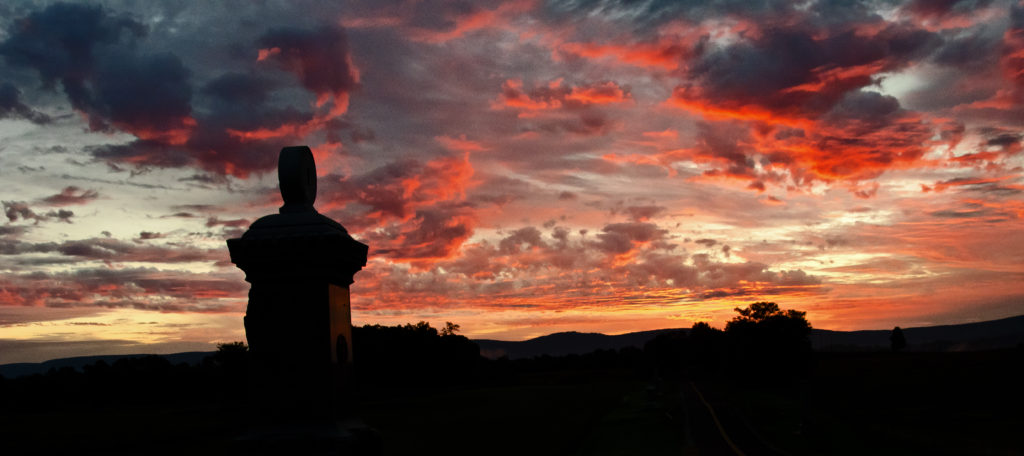
Jeff Fioravanti: Have you always lived in California? If yes, what was special about growing up there? How did you, a California kid, become interested in the American Civil War, which tended to take place far to the east of California?
Mike Green: I was born in the State of Washington. I share a birthday with the Queen. My parents moved the family to Northern California when I was three and so, I’ve lived 75 of my 78 years in California. It was a great area for a young boy to grow up in, mostly because of its proximity to nature. I could literally roll out of bed and be in the woods. I used to go deer hunting right outside my house. I’d have a football game on a Friday night and my buddy, who didn’t play, would show up early Saturday morning rapping at my door yelling “Mike! Get up!” I’d drag myself out of bed, and soon the two of us would go off hunting. I bagged my first deer within 3 miles of my house.
Before I played varsity football, I was on the Junior Varsity (JV) team and also in the band. So once my football game was over, off came that uniform, and on came the band uniform for playing at the varsity game. Later on in life, after I was done with football, I would find myself playing double bass in three different area orchestras. Not necessarily all at the same time.
I really wasn’t much of a reader growing up. But I always had an interest in history. One day I signed up for the book-of-the-month club. They had those deals where when you joined, you’d get an introductory of five books for the price of shipping. The first book I read from my five was The Rise and Fall of the Third Reich. Odd connection to the American Civil War, but it got me interested in reading, especially books about war, and I eventually gravitated to books about the Civil War, and I’ve been hooked ever since!
Jeff Fioravanti: What attracted you to BGES and its mission?
Mike Green: Basically, I started my involvement by taking the tours. I originally had contacted Blue and GrayMagazine thinking they were associated in some way with BGES. They told me no, but were kind enough to put me in touch with Len by giving me his phone number and, well, no pun intended, but the rest is history.
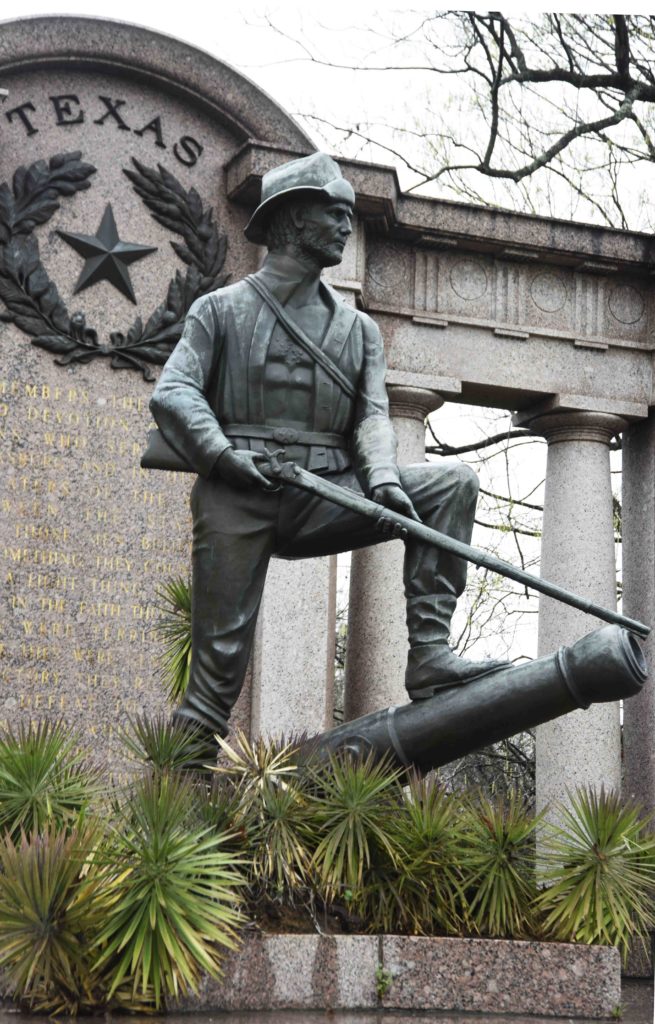
Jeff Fioravanti: I understand from sources, you take endless pictures during the BGES tours. How does this enhance your enjoyment of the event?
Mike Green: My camera has in many ways become my voice that allows me to document my many travels to many Civil War sites, both through my own ventures as well as with BGES. I try to take the tours or go and visit during the time of the year when the battle might have taken place so that I might get a better feel for what it might have been like back during the battle. Once I return home, I often take my photos and create presentations that I then offer to my local Civil War Roundtable and other similar groups. I do this because many of those members will never get an opportunity to visit those places of hallowed ground in person, and so I hope to, in some way, by sharing my time at those locations, will help them to better understand their own reading and appreciation of American history.
Jeff Fioravanti: How did your exhibit at the Tulare come to be? What about you attracted them to you and what about the museum did you find intriguing as a place to show your photos?
Mike Green: For a long time, I’ve displayed my photos of Civil War sites, reenactors, and other places I have visited at a county fair. I’ve also been involved in programs that are shared by artists of all different media. In talking with these other people, as well as the person who does a lot of my framing and my old photography teacher, I got on the list to be considered for a show in the museum’s artist gallery, which is where many of my images are now on display, until the 27th of August.
Jeff Fioravanti: How did you come to photography? What was your first camera?
Mike Green: I came to my interest in photography in 1976 when my wife Carolyn and our four-year-old daughter, Aimee, took a 12,000-mile trip around the country in one of those cab-over camper trucks. I knew I wanted to document our travels during that summer trip, and that was how I became interested in photography.
My first camera was an Olympus Pen FT Half Frame, which allowed you to get two shots for one. That’s because, unlike other cameras, it tended to create the image in an 18×24 mm portrait format vs the more common 36×24. With 18 being half of 36, you got … two pictures per 135 roll of film and hence the name “half frame.”
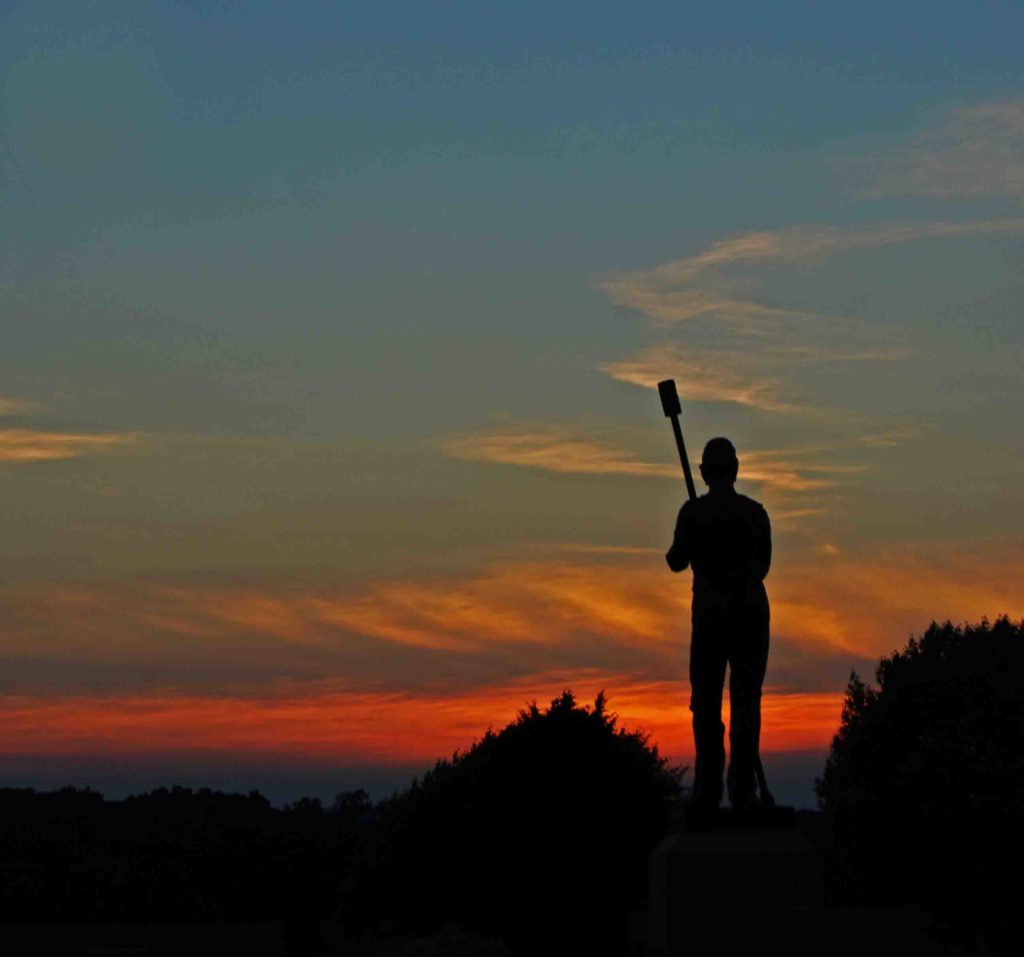
Jeff Fioravanti: Do you prefer or have a favorite subject to photograph? Why?
Mike Green: Civil War sites are my favorite. They just speak to me in a manner others don’t. Now, don’t get me wrong, I love taking pictures period, but Civil War sites are my favorite. They just have an eerie feeling about them. To be walking on the grounds where many gave the last full measure is very humbling.
Jeff Fioravanti: What do you find to be the biggest challenges of shooting your subjects?
Mike Green: There are a couple of things, especially when choosing to shoot Civil War sites, and that is being in California, the travel to get to those sites can be a challenge. Unlike walking out my door to go deer hunting as a kid, the sites are just not within walking distance. Plus, I’m not getting any younger.
When taking the photo, a challenge can be trying not to spend so much time trying to frame up or think about the picture, like the setting, the light, the f stops, the Iso, etc. Letting the image come naturally is what I find produces the best pictures. If I think too much, then I am often not happy with the results.
Jeff Fioravanti: Pros and cons, film vs digital? Color vs black & white?
Mike Green: Digital by far! A big plus is not having to wait for processing. Too often you’d find when they’d come back from the lab that what you thought were great shots were just so-so or downright disappointing. Digital puts more of the picture control in my hands. I can, through software, make corrections, punch up areas, and do other editing to get the image I want, which is going to lend credence to my creative voice.
I love color but feel I do better when shooting black & white (B&W). Color can overwhelm you while B&W will find those little nuances, the little nuggets that you might not have seen or realized were that. It will bring those out and often make an okay shot good, and a good shot something truly special.
Jeff Fioravanti: Who are some of the photographers you admire and who have helped to inspire you?
Mike Green: Ansel Adams is one that I’ve always admired and, of course, when it comes to Civil War images, Alexander Gardner is a big favorite. Both offered a unique and refreshing way of looking at the world. Their perspective and artistry; they just speak to me like no others. There are many photos I might see that I will admire, but I will not know the photographer who shot the image or necessarily care to discover them further. Adams and Gardner, they want me to dig deeper into every shot they produced.
I’ve also gotten a lot of ideas from the many photography books and publications I have read. One image I’ve created and of which I am fond is that Ansel Adams took a shot of the area of the Golden Gate Bridge prior to its construction. I took one from the same spot to create, at least for me, a Before and After effect.
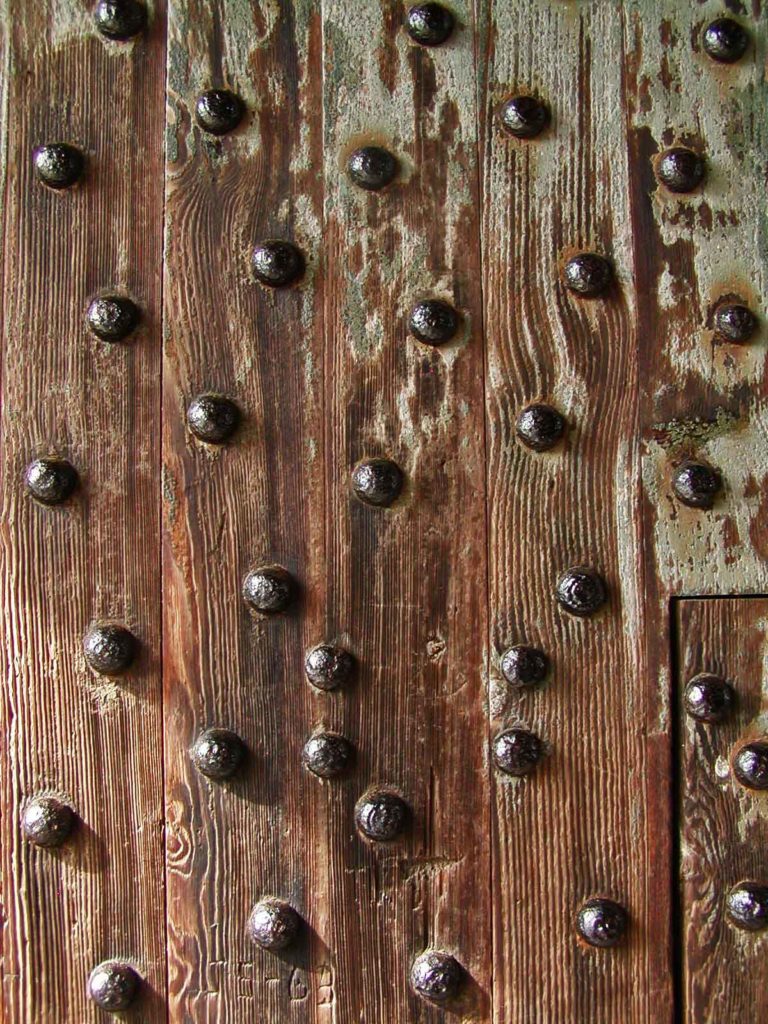
Jeff Fioravanti: What do you hope others will see when they view your photographs? Is there a specific message you want to convey?
Mike Green: Now that I’m retired, I’m sort of in that mode of being freed from the pressures of life, like having to work to pay bills. It has allowed me to go and just shoot photos that I then will hopefully convey the simple message of joy; the joy I see when using my camera. That joy, in many ways, is like the feeling that I have never grown up. The joy of discovery, of youthful exuberance, these are things I try to convey to my audience. To share my experiences with those who might not get to the places I have been, or perhaps even inspire some of them to perhaps take their own journey to places they might not otherwise have considered.
Jeff Fioravanti: Is there a specific place or subject you have always wanted to shoot but have yet to, something on your bucket list?
Mike Green: Machu Picchu. The Taj Mahal. The Great Pyramids. These are but a few of the places that I would love to visit and explore with my camera. I had a trip once to the Angkor Wat temple area where I got to shoot the sun coming up over the top of the temple, a sort of dotting the “I” image. I’d love to find that same “gotcha” moment at some of these locations. I’ve also gotten to shoot the location in Thailand where the Bridge on the River Kwai occurred. Another great memory. By the way, the bridge was not built over the River Kwai. It was built along that river. But the actual bridge of the river is not on the Kwai. They changed it due to the success of the movie and for tourist reasons. In 1943, the bridge was built over the Mae Klong River.
Jeff Fioravanti: What are some of the most satisfying things you’ve done with your photography? Awards? Preservation?
Mike Green: Well, presently having my exhibit at the Tulare Museum is a great honor. I have, in the past, also won first place for my photo of a door at Fort Pulaski as part of an American Battlefield Trust contest. But I am especially proud and honored to have some of my work featured in the outstanding BGES/National Geographic Traveler’s Guide of the Civil War, which came out in 2016. My shots of the Texas Monument and Davis’s Crossroads are part of that publication.
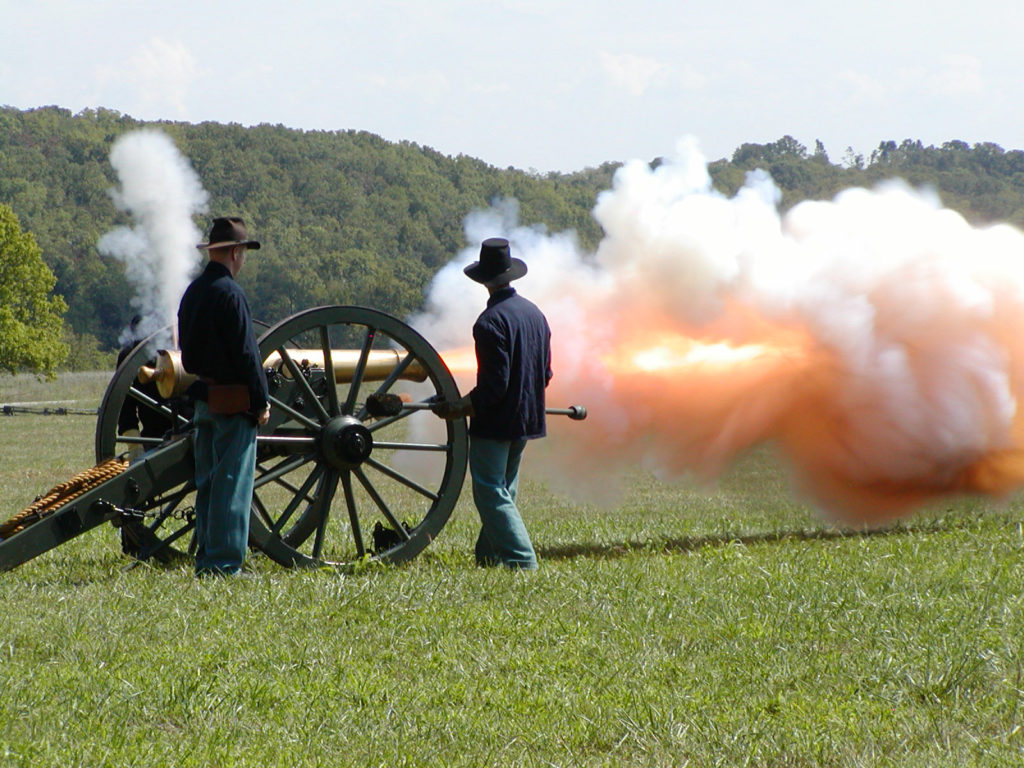
Jeff Fioravanti: What’s next for you?
Mike Green: I hope to do more portrait work. It’s tough, though, to find models for such work. Shooting street scenes and people in those scenes is no problem, but getting people to come in and model for you can be a challenge. I’d like to also get more into nature photography, specifically birds. I’ve gotten some good shots in the past of wood ducks and hope to capture other feathered friends. I was also fortunate to once be at Tule Lake in Northern California during a butterfly hatch. I’d love to revisit that and get more shots of that phenomenon.
Jeff Fioravanti: Is there anything else you’d like to add? Anything I’ve left out?
Mike Green: Blue and Gray Education Society has been really good to me. I cherish my friendships made with the people of that organization and those with whom I have shared many a trip. I’ve had such a great time over the years on those BGES tours, and they offer me many fine memories. I was on some of the original Ed Bearss tours, and along with some others, we became known as pretty much Ed Bearss groupies. Ed gave fantastic tours, and he is sorely missed. But me and others have now latched on to Parker Hills, so we now call ourselves Parker Hills’ groupies. BGES is the only group with whom I have ever taken a tour. Not only are they top row, Len does a fantastic job, but you also get involved in other ways too during the tour. I’ve found myself on occasion pressed into driving the tour van. Hey, if it helps to make a successful tour, I am more than willing. Just a small way to give back and help out BGES. It’s just what you do when you are having fun and believe in something, its mission, and I believe in Len and BGES.
